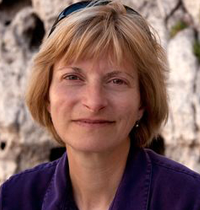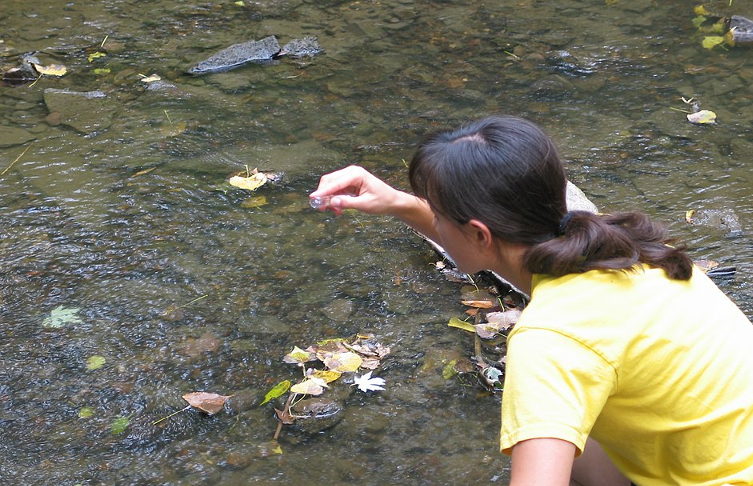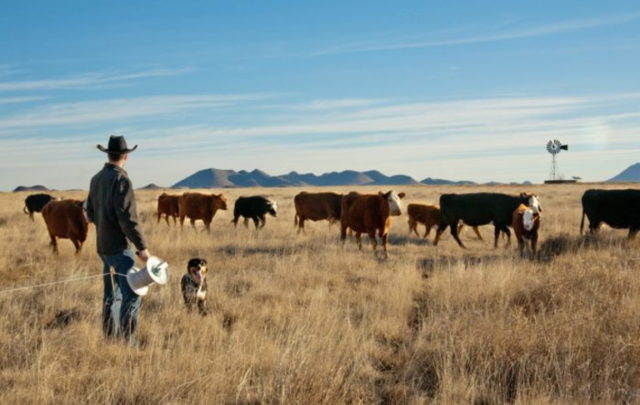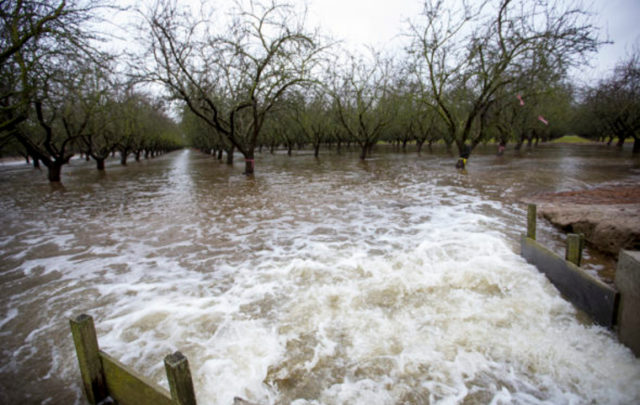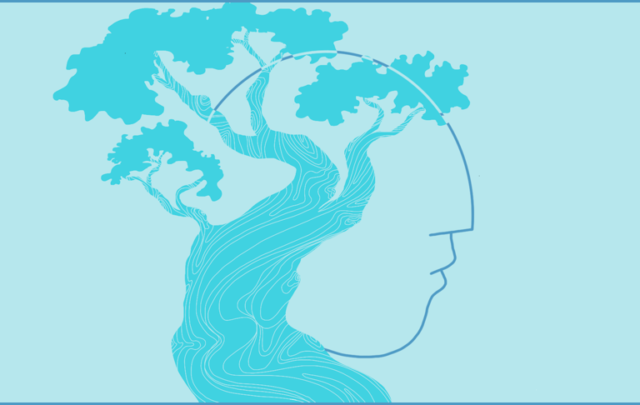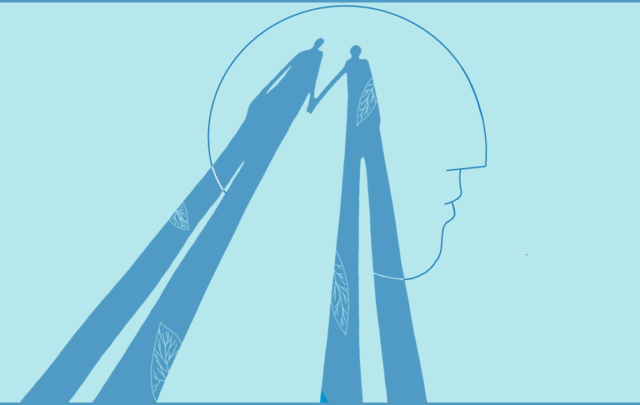Sandra Postel directs the independent Global Water Policy Project, and lectures, writes and consults on global water issues. In 2010 she was appointed Freshwater Fellow of the National Geographic Society, where she serves as lead water expert for the Society’s freshwater efforts. Sandra is co-creator of Change the Course, the national freshwater conservation and restoration campaign being pioneered by National Geographic and its partners.
During 2000-2008, Sandra was visiting senior lecturer in Environmental Studies at Mount Holyoke College, and late in that term directed the college’s Center for the Environment. From 1988 until 1994, she was vice president for research at the Worldwatch Institute. Sandra is a Pew Scholar in Conservation and the Environment, and in 2002 was named one of the Scientific American 50, an award recognizing contributions to science and technology.
In 1992 Postel authored Last Oasis: Facing Water Scarcity, which now appears in eight languages and was the basis for a PBS documentary that aired in 1997. She is also author of Pillar of Sand: Can the Irrigation Miracle Last? (1999) and co-author of Rivers for Life: Managing Water for People and Nature (2003). Her article “Troubled Waters” was selected for inclusion in the 2001 edition of Best American Science and Nature Writing. Sandra has authored well over 100 articles for popular, scholarly, and news publications, including Science, Scientific American, Foreign Policy, The New York Times, and The Washington Post.


